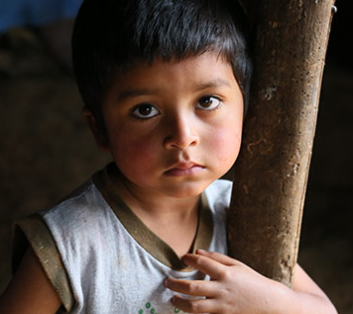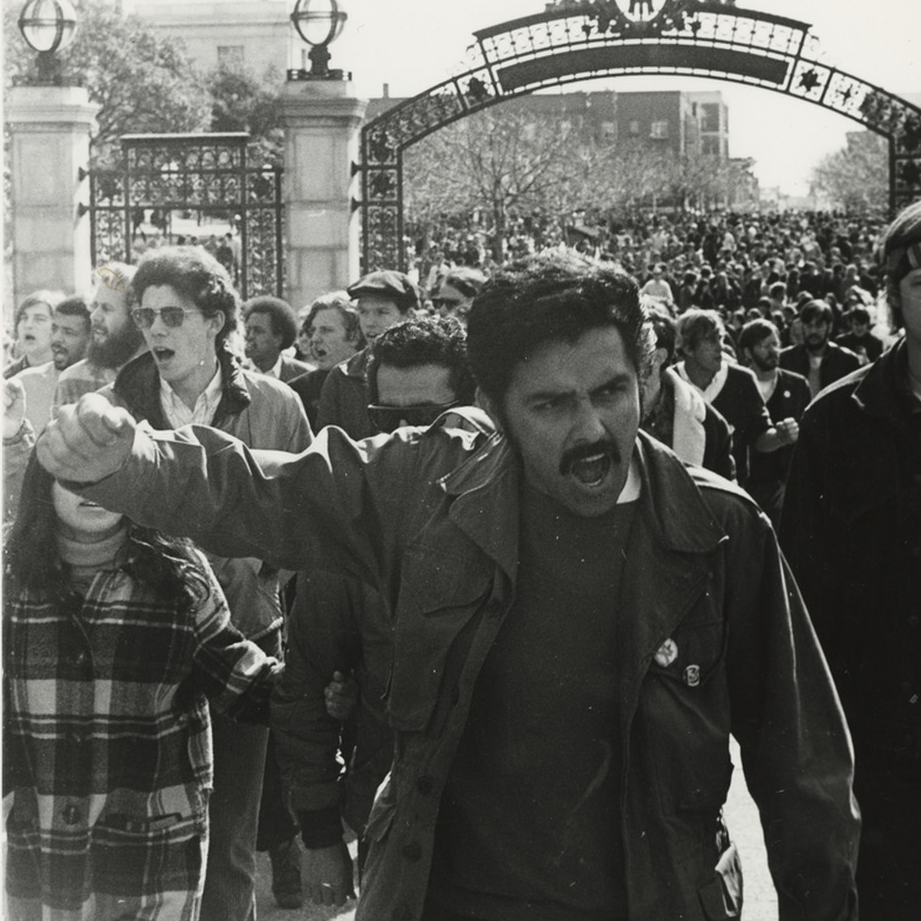Hiroshima and Nagasaki is a bombing that happened during WW2. Atomic bombs were dropped on these two major cities in Japan. The first bomb was dropped on Hiroshima on August 6, 1945. The second bomb was on August 8, 1945 and it was dropped on Nagasaki. These were the first ever nuclear bombs dropped. Tons of people died on impact and the people who suffered the most were the people on the outskirts.
According to Britannica.com, one reason why Japan got nuked in WW2 was because they didn’t want to surrender unconditionally. Japan wanted to keep their Emperor and conduct their own war trials and did not want to be occupied by the U.S. forces. Since Japan didn’t want to surrender, it meant the continuation of the war because the United States wanted them to surrender. If not, then they would keep going at it.
The bomb destroyed five square miles of the city. The plutonium bomb that detonated over Nagasaki destroyed 2.6 square miles of the city. According to History.com, “The bomb that exploded over Hiroshima had an explosive yield of 12-15,000 tons of TNT. It razed and burnt around 70% of all buildings. Ground temperatures reached 7,232 degree Fahrenheit, radioactivity rain poured down from the sky.”
According to icanw.org, the nuke used for Hiroshima was called “Little Man” and the nuke dropped on Nagasaki was called “Fat Man.” By the end of 1945, the bombing had killed an estimated 140,000 people in Hiroshima, and a further 74,000 in Nagasaki. In the years that followed, many of the survivors would face leukemia, cancer, or other terrible side effects from the radiation and sometimes would die.
It takes around ten seconds for the fireball from a nuclear explosion to reach its maximum size, but the effects last for decades and span across generations.
Five to six years after the bombing, the incidence of leukemia increased noticeably among survivors. After a decade, survivors began suffering from thyroid, breast, lung and other cancers at higher than normal rates.
In conclusion, Hiroshima and Nagasaki was a devastating event that happened in WW2. This impacted the world because it killed many innocent lives. In total about 214,000+ people died in the disaster caused by the U.S. to make Japan surrender.













Yamilet G • Oct 18, 2024 at 10:25 am
Woah!! Something I learned was that, even though five years passed after the bombing people still suffered from different illnesses like leukemia, cancer, etc.! That’s so cool! 🙀